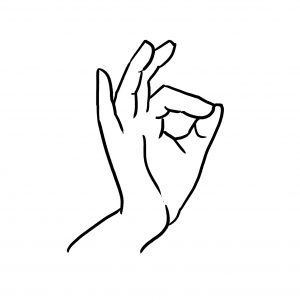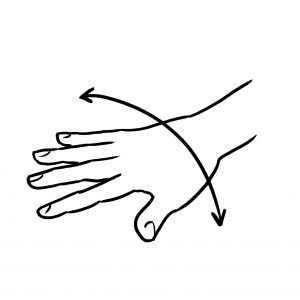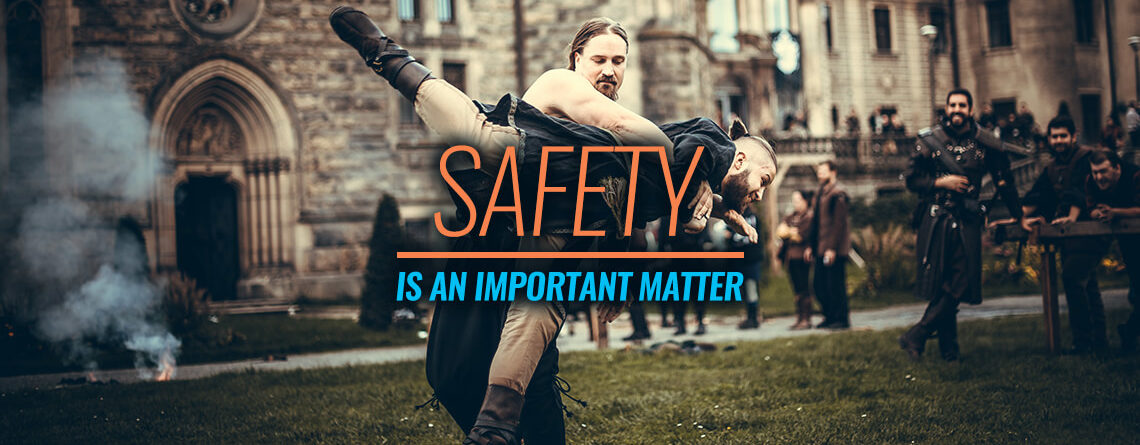Safety is an important matter
Safety measures concerning Covid-19 are covered in a separate entry.
During the 5 Elements LARP events, we have always tried to take care of the physical and mental safety of both players and the entire team. After several years of practice and testing various safety mechanics and other related techniques, we have finally established the standards that we now apply to all 5 Elements LARPs. What are these standards and rules? Read about them in this blog entry.
Accidents, illness, and pain in the… soul
Firstly, there is at least one trained medical professional at each of our events. It is a paramedic or a doctor, with a well-equipped first aid kit, ready to help. For most of the day, they wait at the designated place. At night they are ready to respond to the phone call. A phone number is given to all participants. Medical professional is ready for action all the time – from bandaging a cut finger or providing a painkiller, to assisting in more serious accidents (the latter, fortunately, do not happen frequently on our LARPs).
Secondly, on our LARPs the same 24-hour assistance can be provided for those who for some reason feel a mental discomfort during the event, which they cannot cope with on their own. On each LARP, both players and team members can turn to one of the two people responsible for emotional safety – their names, places where they can be found during and directly after the game, and their phone numbers – are also given to participants each time before the LARP starts. Do you need help in a difficult situation or do you just feel you need to talk to someone off-game about your problem? Don’t hesitate to contact these people.
Three comfort colours
Thirdly: in-game safety mechanics. We have been using two complementary systems for some time. One of them is the well-known “color system”: red-yellow-green. During the game, each participant can say one of these words (in English) and all those who hear them should behave accordingly:
Red – I don’t want to, I’ve had enough
The scene, in which a participant uses this word, is too intense or for some reason, he/she doesn’t want to take part in it. The scene should be stopped immediately. The game after the interruption should be continued as if an unpleasant situation had not happened. A player who uses the word “red” can explain why he/she used the word “safety”, but is not obliged to do so, and it is absolutely forbidden to ask him/her about it.
During a fierce discussion, the character of John called Anna an idiot. Anna uses the word red. Jan can no longer use such offensive words in his conversation with Anna.
While playing the character, Kate grabs Paul’s shoulder tightly and starts pushing him, causing him pain. Paul uses the word red. Kate must let Paul go immediately and should no longer have any physical interaction with him in this scene.
Yellow – let’s keep it on that level
The scene in which the participant uses this word has reached the maximum intensity level for him or her, and it should not be exceeded. In practical terms, this means that we do not go deeper into the discussed topics or do not escalate the conflict.
During a fierce discussion, the character of John called Anna an idiot. Anna uses the word yellow. John may use these or similarly vulgar and offensive words in his conversation with Anna. But he should not use stronger words.
Kate grabs Paul’s shoulder tightly and starts to push him hard, causing him pain. Paul uses the word yellow. Although Kate can continue to push Paul, she shouldn’t do anything else that might hurt him more or interfere with his privacy.
Green – let’s go for more
The scene in which the participant uses this word may exceed the current level of intensity without any objections. In practical terms, this means that we can allow ourselves to do more than we have done so far, and in fact, it is expected of us. Green works if both parties agree – if only one wants an escalation and the other doesn’t agree, the scene should remain at an already existing intensity level.
During a fierce discussion, John’s character called Anna an idiot. Anna uses the word green. John may use these or similarly vulgar and offensive words in a conversation with Anna. He can also use stronger words if he wishes.
Kate grabs Paul’s shoulder firmly and starts to push him vigorously, causing him pain. Paul uses the word green. Kasia can continue to push Paul, and she can do other things that may hurt him more or interfere more with his privacy.
We understand each other without words
We have been supplementing the red-yellow-green mechanics for some time now with a system of “OK-check” safety gestures, using which players, NPCs, and organizers can, without interrupting the game, find out if the other person is all right. To ask such a question, we make an “ok?” gesture ( bring tips of your thumb and index finger together, into the shape of a circle). Let’s make sure that the person notices our gesture!

We see that Marzena, hit by Jack with a latex sword, falls with a scream to the ground, grasping her face. Not knowing whether this is a great acting or a real injury, we ask with a gesture if everything is all right and wait for an answer.
Three answers are possible:
“I’m all right” – a thumb pulled up

We continue the scene. This gesture can also be shown without asking, to let others know that we are only playing out our condition and no real harm is happening to us.
Marzena, moaning and writhing on the ground, shows her thumb raised up – she’s fine, it’s just a great way to play out the injury.
“hard to say” – we tilt our hand vigorously open with our fingers spread

When asked, the person can’t say if he/she feels good or bad. It is good to approach him/her and ask discreetly if we can help somehow.
Marzena, moaning and writhing on the ground, shows a gesture “difficult to say”. Maybe she actually felt Jack’s hit, but it wasn’t strong enough for her to decide to stop the scene. We can, while remaining a character, approach Marzena on the ground and whisper to ask if everything is all right and if we should continue the play.
“I’m not okay” – thumb pointed down

Stop the game immediately and take this person to a doctor or a person responsible for emotional safety. We also show this gesture without asking, to signal that we need help.
Marzena, moaning and writhing on the ground, shows her thumb facing down. The blow was probably too strong or it hit the sensitive part of the body. We immediately stop the scene and help Marzena get to the doctor who will take care of her injury.
If we are sure that the person has noticed our gesture and still does not answer, we should also stop the game and take him/her to the person responsible for safety.
Communication is key
Fourthly, talk about what bothers you. Both physically and mentally. Don’t be afraid and don’t be ashamed. The organizers and the players around you will only be able to help you if they know about your problem. And not only yours. Every time you see something that threatens the safety of people on the LARP in any way, please report it to the organizers. This can help a lot, both in this particular case and in developing new and better procedures for the future. Because in the area of safety of our events we will certainly not settle – it will only get better. And safer.
Stay safe!
Tomasz Lewandowski



Leave a Reply